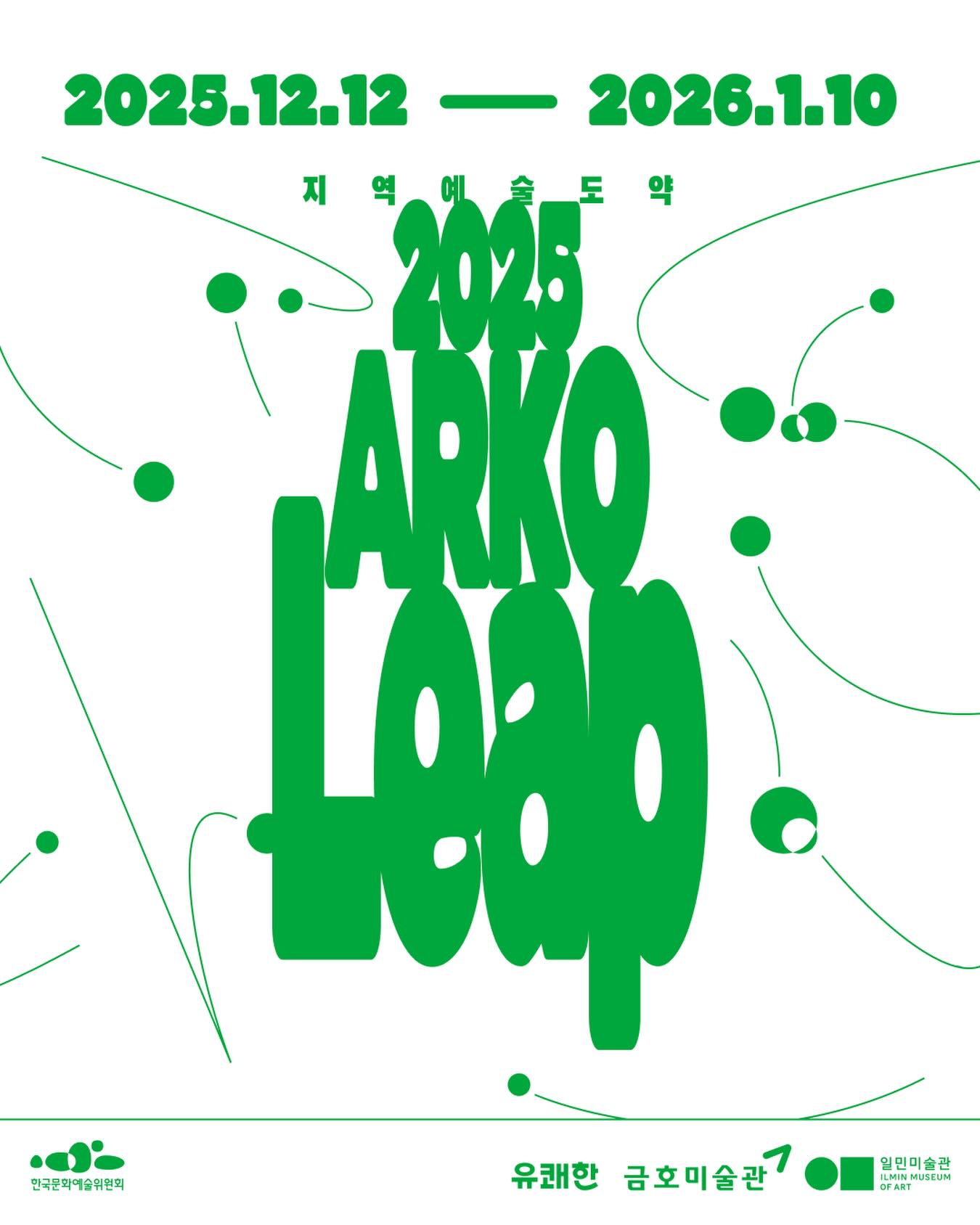 The Solomon R. Guggenheim Museum and Foundation have selected Mariët Westermann as its new director and chief executive. Courtesy of Solomon R. Guggenheim Museum.
The Solomon R. Guggenheim Museum and Foundation have selected Mariët Westermann as its new director and chief executive. Courtesy of Solomon R. Guggenheim Museum.Mariët Westermann has been selected as the new director and chief executive of the Solomon R. Guggenheim Museum and Foundation, becoming the first woman to lead the museum group, which includes the flagship institution in New York and the Peggy Guggenheim Collection in Venice.
Westermann will take on her new role on June 1, 2024. Until then, the museum will be led by three deputy directors: chief curator Naomi Beckwith, general counsel and secretary Sarah Austrian, and chief financial officer Marcy Withington.
Westermann, 61, is set to replace Richard Armstrong, who retired last summer. Notably, she is not a professional museum director but currently serves as the vice chancellor of NYU Abu Dhabi. The Guggenheim board sees Westermann’s unique qualities and experiences, rooted in a belief in scholarship and the power of arts and culture to inspire and connect, as valuable for the critical role.
Westermann acknowledges the complexity of the role, stating that the demands on museum directors today are challenging but also present an opportunity mapped onto her experiences.
 The National Museum of Modern and Contemporary Art, Seoul (MMCA). ⓒ Lee Jung-kyu (이정규)
The National Museum of Modern and Contemporary Art, Seoul (MMCA). ⓒ Lee Jung-kyu (이정규)The recent appointment at the Guggenheim took place over an extended period of six months. In contrast to many Korean art museums, where the government often influences the directorship, international art museums appoint their directors based on recognition of the candidate’s abilities and authority by the board of directors. A notable feature of directors appointed by art museums is the emphasis on their independence and accountability.
Until the 1980s and 1990s, leadership positions in public art institutions in Korea were often led by public officials. This traditional practice still significantly impacts Korean art institutions, contributing to limitations in the leadership of public art museums. The tendency to view the position of art museum directors as adjuncts to central and local politics is still prevalent.

Exterior view of the Daegu Art Museum. Courtesy of the museum.
One of the cases is Yoon Beommo, the former director of the National Museum of Modern and Contemporary Art (MMCA). He was appointed by the previous administration and resigned voluntarily after just over a year in office, with one year and ten months remaining in his term. The media viewed this as an impact of the regime change.
Starting this year, the director positions at the Daejeon Museum of Art and Suwon Museum of Art have been converted to general civil service positions. Until 2022, the Daejeon Museum of Art was led by Sun Seung Hye, who has an art history and curator background. In the case of the Suwon Museum of Art, Kim Jin-yeop, the former chairman of the Korean Art Critics Association, saw his two-year term expire on November 11th of last year.
The art community expressed concerns about such administrative changes in art museums within local governments, citing a lack of understanding of the professionalism required for the position of the art museum director, which involves not only art theory but also a thorough understanding of the art field.
On the other hand, Choi Eun-ju, the former director of the Daegu Art Museum, resigned after serving for only three months and moved to the position of director of the Seoul Museum of Art, resulting in a vacancy in the directorship of the Daegu Art Museum. The museum initially nominated Ahn Kyoosik, the former Clayarch Gimhae Museum director. However, his nomination was canceled within two weeks due to confirmed disciplinary issues during his tenure as the head of the Art and Archaeology Department of the Daegu Art Museum in 2014 and as the director of Clayarch Gimhae Museum in 2021.
Public art museums in Korea face criticism for the leadership crisis due to consecutive directorial issues.























